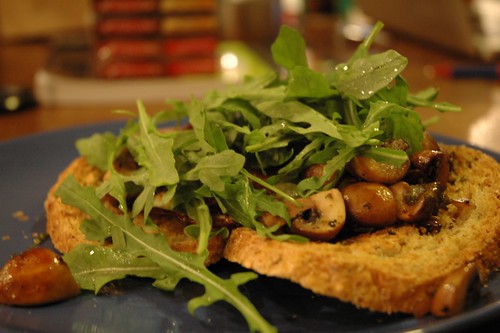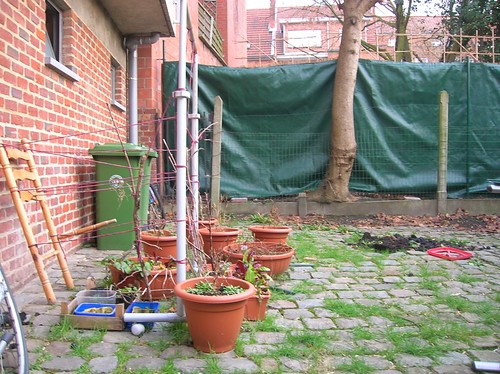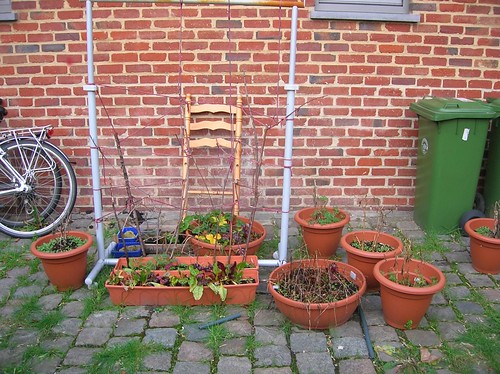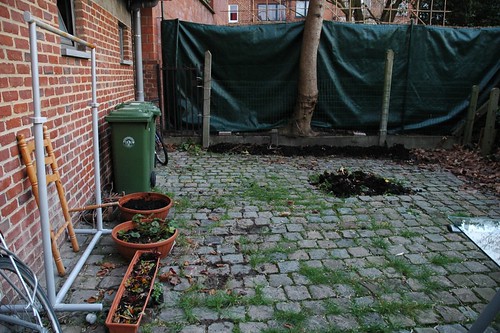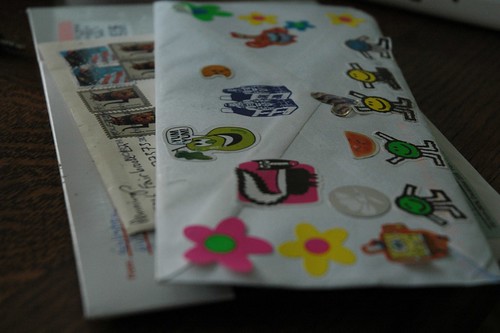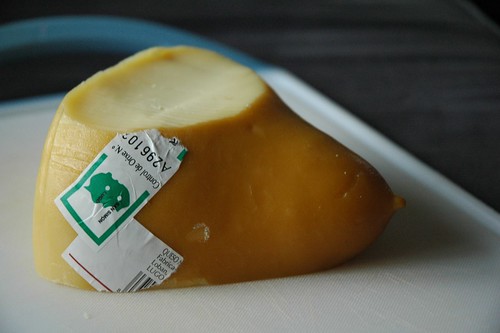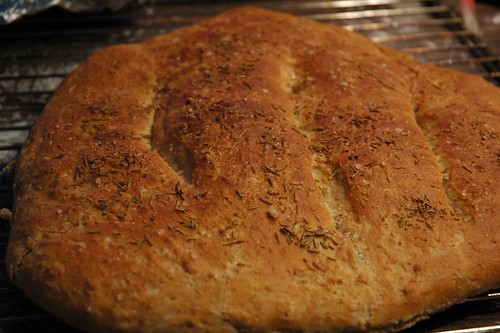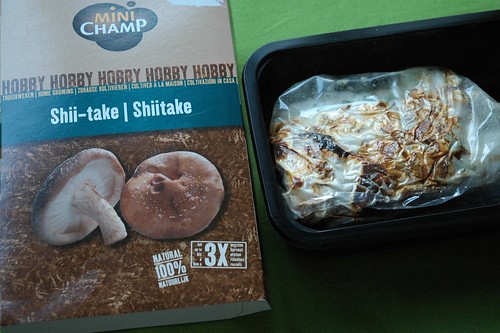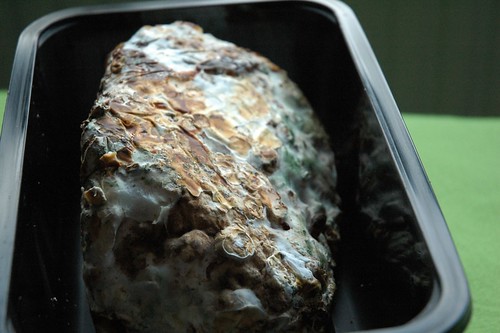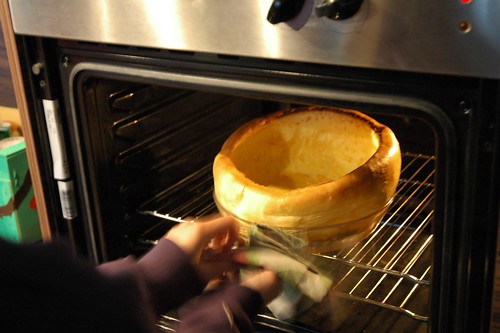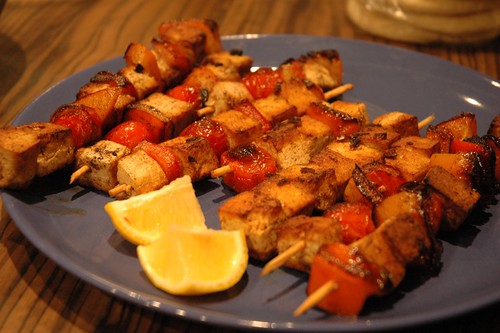
Tofu Tikka Masala Kebabs
These tofu tikka masala kebabs can be cooked on the grill or on a large wide skillet on the stovetop (a flat skillet or a fancier grill pan will do). They smell delicious while cooking, so be prepared to share some if you’re the odd (but very creative) vegetarian that is grilling out among meat eaters. These are fast to make, present well, and contain basic flavors of most Indian dishes (garlic, ginger, asafoetida, cumin, red chili, fenugreek, coriander).
Personally, I think tofu and paneer share similar textures and can replace each other in many dishes. If you love paneer, use that instead. They cook fast so choose quick cooking veggies (bell peppers, onions, tomatoes, squash) or alternate vegetable and tofu skewers.
Have the tofu and veggies cut to the same size so they will cook evenly. Ideally, you should marinate the tofu for at least 4 hours, but an hour will do. This is a simple spice mixture to prepare, but feel free to omit hard to find ingredients (e.g. asafoetida, fenugreek).
I’m not sure I understand what tikka is, or for that matter where it really came from. I’ve seen chicken tikka and paneer tikka at Indian restaurants, but most Indians do not cook this dish at home, unless we’re cooking Indian food for non-Indians. Indians tend to cook two kinds of Indian foods. The first is the daily meals that we’ll eat and share with other Indians, and the second is dressed-up fancy Indian food that is similar to what one finds at an Indian restaurant (we'll share this too). We don’t mean any ill-will but it’s just easier because, really, we eat with our hands. The best foods are the daily foods. I guess these are fusion tofu tikka kebabs. Go ahead, give them a try.
Ingredients:
½” piece of ginger, chopped
2 cloves garlic, chopped
¼ tsp red chili powder
½ tsp coriander seeds and fenugreek seeds toasted and ground together (omit fenugreek if you can’t find it)
¼ tsp salt
1 tsp cumin
1 tsp paprika
pinch asafoetida powder (omit if you can’t find it)
3 tbsp yogurt (or heavy cream)
1-2 tbsp peanut oil. During cooking time the oil helps to keep the kebabs from sticking.
1 block of extra-firm tofu, quick drained, and diced into 1” cubes
1 bell pepper (I used red to impart a tikka feel to the kebabs) cut into 1” chunks
1 cup grape tomatoes
lemon wedges to serve
dozen skewers (soaked if grilling) see note at bottom of post
Directions:
- Quick drain the tofu. See this post (2nd paragraph down).
- In a small mixing bowl combine ginger, garlic, spices, salt, asafoetida powder, and yogurt. Taste to adjust seasonings. Add more red chili powder if you want it spicier.
- Add the cubed tofu, coat evenly and place in a shallow pan in the fridge.
- Cut up veggies and store them in the fridge until ready to use.
- When ready to cook, skewer the veggies and tofu.
Note: you can trim the skewers to fit in the pan, I had to trim mine.
Serve with rice, lemon slices, and yogurt, or top a salad with these skewers.
Serve with rice, lemon slices, and yogurt, or top a salad with these skewers.

